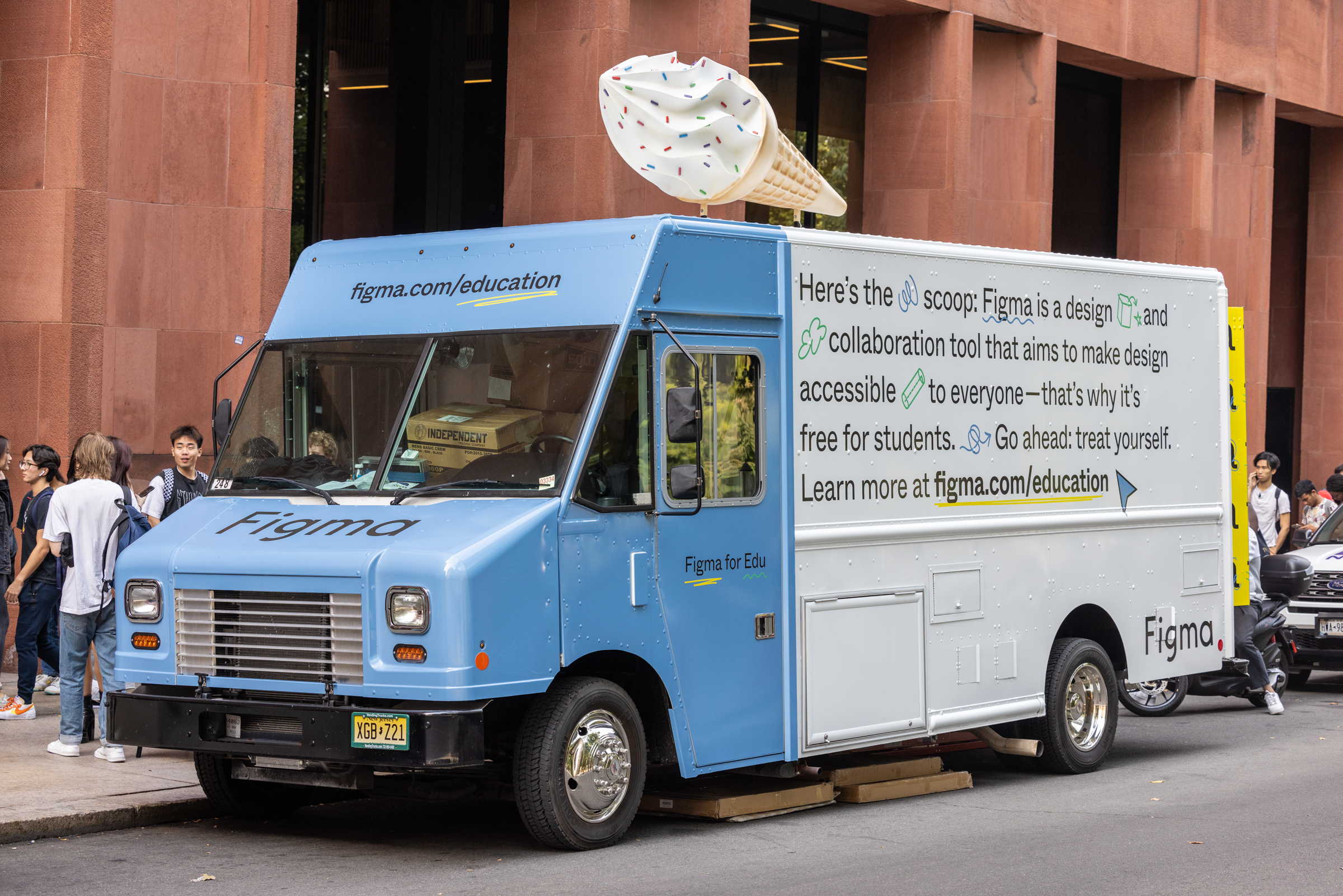Figma (FIG 2.08%) has been one of the hottest IPOs this year.
The debut of the cloud software company that specializes in user interface and user experience (UI/UX) was highly anticipated after regulators blocked Adobe's (ADBE 6.13%) $20 billion acquisition of the company back in 2022.
Figma stock finally hit the public markets on July 31 and soared on the opening, climbing from its IPO price of $33 all the way to an intraday peak of $142.92 the following day before cooling off. It's now trading around $55.
With the stock price looking more reasonable following that retreat, I took the opportunity to scoop up a few shares. Here's why.

1. The numbers look great
Unlike many of its peers in the software-as-a-service sector, Figma is actually profitable, and relatively few cloud software stocks can say they were at the time of their IPO.
In the second quarter, revenue jumped 41% to $249.6 million, and the company delivered balanced growth from both existing customers and new ones. Net dollar retention rate was up 129%, meaning existing customers increased their spend with Figma by 29% over the last four quarters.
Meanwhile, it added 799 new customers with annual recurring revenue (ARR) of more than $10,000 in the second quarter, a sequential increase of 7.2%. The company is also successfully getting its customers to use more of its products, making the overall business stickier. As of the end of the second quarter, 80% of its customers used two or more of its products, while two-thirds used three or more.
Additionally, while its profit margins are pulling back as it invests in new artificial intelligence (AI) products, the full-year forecast still looks strong as it expects adjusted operating income of $88 million to $98 million on revenue of $1.021 billion to $1.025 billion, or an adjusted operating margin of of 9.1%. The company is also profitable on a generally accepted accounting principles (GAAP) basis, something many of its peers are not.
Its gross margins also hover around 90%, showing that the core product is highly profitable, which gives it more money to reinvest in the business.
2. The stock isn't cheap, but...
Figma currently trades at a price-to-sales ratio of 28. That's not cheap, even for a fast-growing cloud software. However, its enterprise value is only $24 billion, or just a fraction higher than what Adobe offered to pay when the company was much smaller three years ago.
From that perspective, Figma actually does look well-priced. Most companies don't go public with that kind of validation from a rival, and that $20 billion should effectively put a floor on the stock, barring unforeseen challenges to the business.
It's worth noting that Figma's rise has come while Adobe, its chief rival, has struggled. Adobe stock is up just 12% over the last three years, showing it's missed out on the AI boom. That weakness also explains why the company offered to pay a sky-high multiple for Figma three years ago. That puts Figma in a good position to continue to gain market share from Adobe.

NYSE: FIG
Key Data Points
3. The future looks bright
Figma's products are already used by 95% of the Fortune 500 and 78% of the Forbes Global 2000, giving it a massive customer base to tap into as it rolls out new products, and those products are coming fast.
The company launched four new products in the second quarter, including Figma Make, Figma Sites, Figma Draw, and Figma Buzz, which it unveiled at its 2025 Config conference. The new tools add to its portfolio of design products and include features like an AI tool that turns prompts into prototypes, building websites, creating custom graphics, and creating brand assets.
Its investments in AI, including the products above, are expected to compress margins, and investors punished the stock for that after the report. However, that seems like a mistake. The design software space is an excellent use case, and investing in it now can help the company beat Adobe and other opportunities.
AI is perhaps a generational opportunity for Figma, and it could pay off significantly over the next few years.
While the stock is risky, at a market cap of $25 billion, there's still a ton of upside potential for Figma. Getting some exposure after the recent pullback could deliver multi-bagging returns.